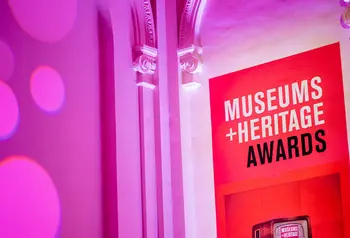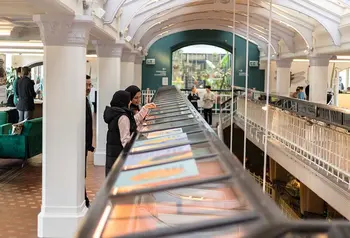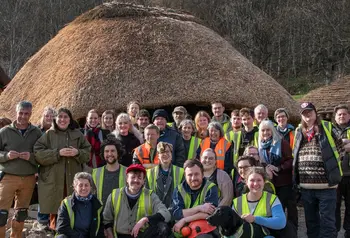Joint winners announced for Sustainable Project of the Year 2024
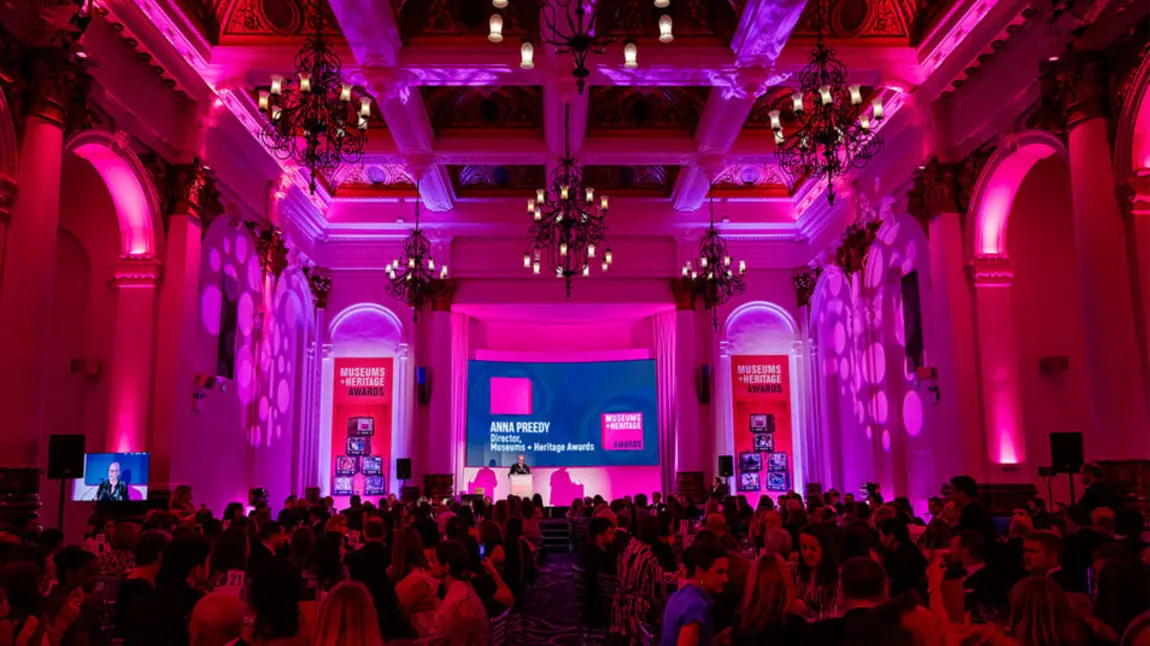
The winners were announced at an evening ceremony in London on 15 May, recognising their inspirational approach to managing and communicating the impact of the climate crisis.
Congratulations to Manchester Museum, Museum Development North and The Scottish Crannog Centre for their winning projects.
The winners
Manchester Museum and Museum Development North, Roots and Branches
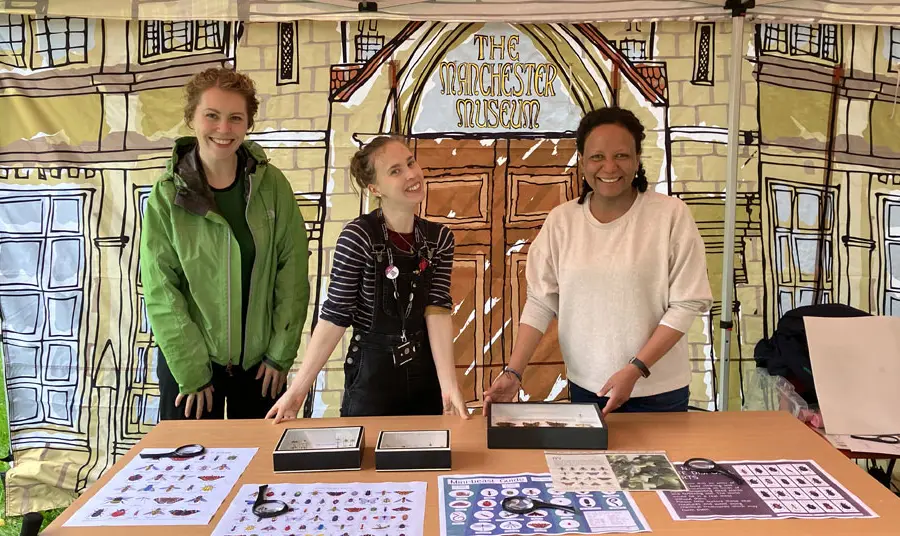
Knowledge sharing is at the heart of this initiative and the judges were impressed by the huge impact it has had, and continues to have, on the heritage sector. The panel said: "It's a rallying call to action for all museums!"
Roots & Branches creates opportunities for museums to gain and exchange skills and knowledge, and test initiatives which advance and embed sustainable thinking.
Manchester Museum hosts Roots from its experimental Top Floor, a testbed for how museums can harness their civic responsibility and convening power to support collective action and positive change in response to the climate and ecological crisis.
Branches, managed by Museum Development England's North team, developed the first Carbon Literacy for Museums Toolkit with the Carbon Literacy Project, and has implemented a successful training programme for staff, volunteers and board members across museums of all sizes.
The toolkit can be easily accessed and adapted by the sector for low cost, and there are now more than 1,000 certified Carbon Literate Museum learners across the UK.
The Scottish Crannog Centre, 1000 Fingerprints 1000 Voices
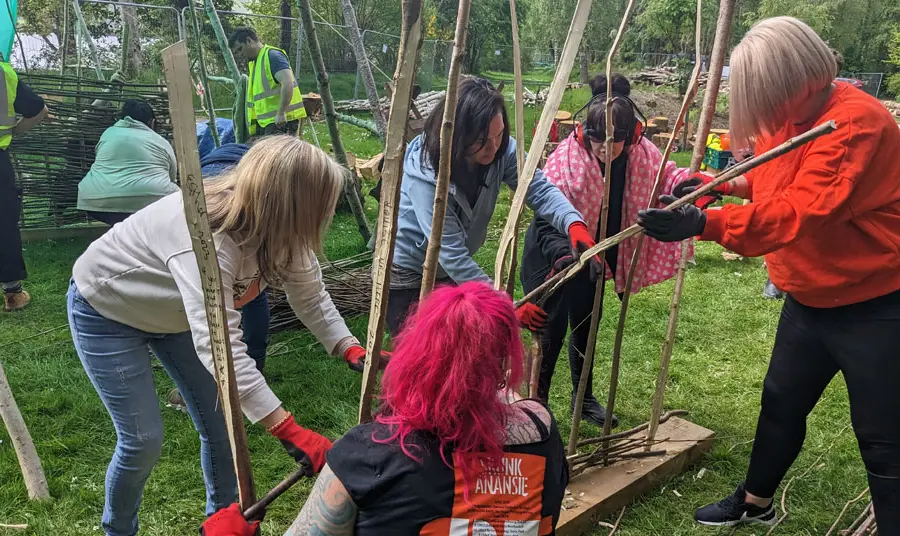
The judges were impressed by the creative and inspiring way this organisation is engaging in climate changes. The panel commented: "It is strongly rooted in place, and has embedded sustainability throughout."
Following a devasting fire in 2021, it has built a new museum using locally-sourced and sustainable materials and skills.
The centre grows its own food, has its own water source and develops coppice sites on the local hillsides working with local farmers and landowners.
All the materials used to construct the Iron Age village were built from resources within travelling distance for those who would have once lived in the loch dwellings.
The project’s lasting legacy is to inspire others with its sustainable model.
See all winners for the Museums + Heritage Awards 2024.
Run a sustainable heritage project
We want all types of heritage projects to do their best in mitigating against and adapting to climate change and to help nature recover.
To help you prepare your application, read our step-by-step guidance on environmental sustainability.
